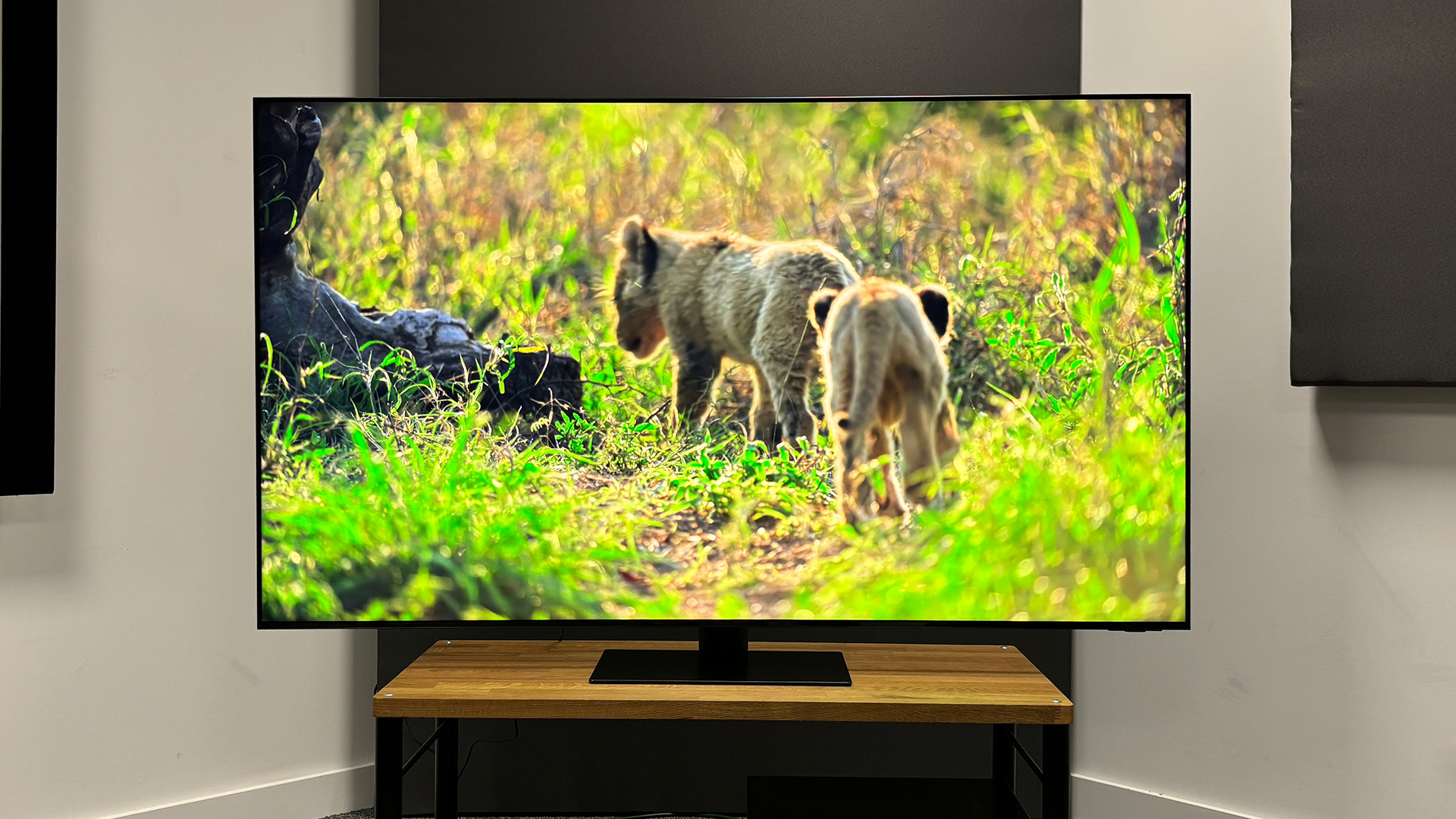
Reports suggest that Samsung could be shuttering its in-house LED backlight production business. This will include the backlights used in its Neo QLED (Mini LED) and QLED TVs.
Samsung previously ceased production of LCD panels back in , so recent Neo QLED, QLED and LCD TVs from the brand have combined panels bought from other manufacturers with LED (and Mini LED) backlights produced in-house. If the report turns out to be correct, it will mean that models such as these will feature no Samsung-manufactured elements in their displays.
While this isn’t an uncommon practice amongst TV manufacturers, it is especially noteworthy considering Samsung’s role as a pioneer and strong advocate for Mini LED technology. It has championed its Neo QLED TVs as rivals to some of the most technically capable OLED sets for quite some time, so seeing the brand take a step back and refocus is unexpected.
Furthermore, one of its major competitors has taken steps to further advance Mini LED screen technology within the last year. Sony launched its Bravia 9 TV earlier this year with an advanced new Mini LED backlighting system which it developed and manufactured in-house. While Sony appears to be strengthening its commitment to Mini LED screen tech – to the extent that it launched just one new OLED TV this year – the primary purveyor of Mini LED looks to be refocusing its efforts on two other display technologies.
According to Maeil Business News Korea (via FlatpanelsHD) Samsung is set to exit LED production, which generates roughly 2 trillion won in its home country of South Korea (approximately £1.12 billion / $1.46 billion / AU$2.32 billion). In an article published on the 11th of October by the publication’s Pulse offshoot, it was stated that Samsung will refocus its efforts after stock prices fell by 2.32 per cent.
A roadmap reported by an unnamed source on FlatpanelsHD claims that Samsung will cease production of LED chips for lighting by the first half of 2026 and that it plans to exit the TV backlighting business by the latter half of the same year. It will supposedly continue to produce automotive LED components for the rest of the decade, with a potential 2030 exit date. We’re taking these claims with a pinch of salt, as nothing is official until Samsung itself confirms.
As mentioned above, Samsung ceased production of its own LCD panels in – a move mirrored by its main Korean rival, LG. Samsung’s LCD TVs now use panels produced by TCL, BOE, and LG Display, the first two of which also produce LED backlights, so we could see the company lean on these producers to supply Samsung in the near future. TCL has been a particular thorn in Samsung’s side recently, as the Chinese manufacturer has gained a competitive edge; this is most likely due to its cheaper production costs and more affordable backlit TV models.
It’s not all doom and gloom, however, as two key display production areas are set to continue in-house at Samsung. QD-OLED panels will continue to be produced in-house by Samsung Display; these panels are currently featured on the likes of the Samsung S95D and Sony A95L. These Quantum Dot-imbued OLED panels tend to impress in our AV room thanks to their enhanced brightness, so we’re encouraged to see Samsung remain dedicated to the technology (especially after its tentative approach to adopting OLED just a couple of years ago).
Furthermore, Micro LED development and production will continue to be a focus for Samsung. While we’ve been waiting to see a commercially viable Micro LED to hit the market for quite some time, this could be a sign pointing towards Samsung shifting its focus towards the futuristic backlighting system for its upcoming models.
Another reported aspect of Samsung’s strategy to claw back some of its lost market share to the likes of TCL is to embrace the “XXL TV” trend. TCL and Hisense have both reported great success with their super-sized 100-inch and over TVs, and many brands are looking to replicate this. Samsung is set to be one of those brands, as it will reportedly launch its extra-large TVs next year.
According to the Korean newspaper ETNews (once again spotted by FlatPanelsHD), Samsung will launch new models ranging from 100 to 115 inches in 2025. A 115-inch rival to the TCL X955 115 Max could make an appearance in just a few short months.
This may seem like a drastic overhaul for Samsung’s TV business, however, we don’t anticipate a discontinuation of its LED TVs any time soon. With CES just a few short months away, we’re already looking forward to seeing what Samsung will unveil and whether any of these claims will have an impact on its forthcoming 2025 TV lineup.
MORE:
Read our full Samsung QN95D (QE65QN95D) review
QLED vs LED: what are the differences?
OLED vs QLED: which is the best TV technology?





